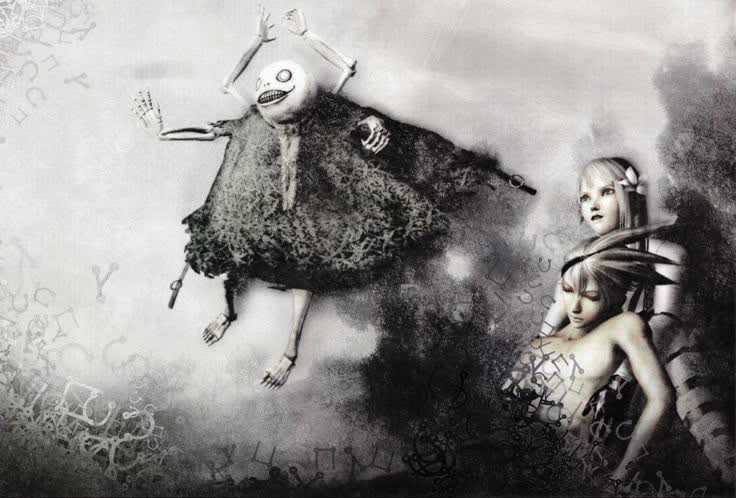Whispers Beneath the Ruins – Listening for the Lost Truths of Nier: Automata
Some games you finish.
Others never really leave you.
And Nier: Automata—that strange, aching dream of a game—is one that stays.
Not just in your memory,
but somewhere deeper.
It tells its story with swords and sorrow, sure—
but when the final credits roll,
it leans in and asks you softly:
“Did you really see everything?”
Most of us didn’t.
We charged through the City Ruins chasing answers,
got lost in the eerie joy of the Amusement Park,
and shattered quietly beneath those final endings.
We mourned 2B, unraveled with 9S, and searched for something real with A2.
But under all of that—beneath the battles and philosophies—
Yoko Taro left something quieter.
Something meant for those who linger.
There are moments the game never points to.
Moments you have to feel.
A machine gently burying another.
A character going silent after a quest ends in failure.
A song playing… backwards—
as if it’s mourning in reverse.
These aren’t easter eggs.
They’re echoes.
And you don’t find them by racing.
You find them by listening.
Even the most devoted players miss some of these whispers.
And maybe that’s what makes them special.
Because Nier: Automata doesn’t hand you its truths.
It wants you to search.
To feel like an archaeologist of emotion,
brushing dust off old code and forgotten voices—
only to find your own questions staring back.
This part of the site is for the quiet ones.
The seekers.
The ones who believe that even silence can speak,
and every flickering light, every motionless machine,
still holds a message meant just for them.
So stay awhile.
Look closely.
And listen.
There are still truths buried in the ruins—
waiting for someone like you to hear them.

Whispers in the Code – Listening for the Hidden Heart of Nier: Automata
Some games speak.
But Nier: Automata doesn’t speak—it whispers.
Not through exposition or loud plot twists,
but through fragments, echoes, and moments you could miss if you blinked.
It hides its truths in forgotten corners of crumbling ruins,
in blinking machine eyes, in backwards songs,
in unread files gathering dust on your screen.
It never begs for your attention.
It simply waits—hoping you’ll care enough to look closer.
I remember the moment I realized this game was hiding something deeper.
Not collectibles.
Not secret weapons.
But meaning.
Philosophical messages encoded in side quests.
Existential questions slipped into enemy behavior.
A sense that somewhere behind the code,
someone wanted you to feel something honest.
Something human.
Take the machines.
At first, they’re enemies—just mindless things to destroy.
But then... they speak.
“Help... me.” “Why kill?” “I’m scared…”
And everything shifts.
You’re no longer sure who the monster is.
They build families. They pray. They break down.
They try to feel.
And suddenly, they’re not “them.”
They’re you.
And it hurts to see it.
Even the side quests whisper truths.
They aren’t distractions—they’re mirrors.
A machine searching for love.
One trying to be beautiful.
Another raising a child.
You help them. Or you don’t.
But either way, the game doesn’t judge.
It lets you sit with what you did.
And what you didn’t.
Some of those stories stayed with me longer than the main plot ever could.
They felt real in a way games rarely dare to be.
And then… you keep digging.
Through haunting melodies.
Through glitched-out areas and cryptic dialogue.
You find messages in the music.
Codes in the level design.
And in the end—when the game asks you to give up your save file to help a stranger…
You realize this isn’t just a game mechanic.
It’s a question.
“Would you sacrifice part of yourself for someone you’ll never meet?”
And when you say yes… it breaks you.
In the best possible way.
Even years later, I find myself going back.
To secret doors.
Fan translations.
Rumors of endings that might not exist.
But maybe they do.
And maybe that’s the beauty of it—
Nier doesn’t draw a line between story and reality.
It lets the blur become part of the experience.
It doesn’t just want to be played.
It wants to be felt.
To be searched.
To be questioned.
To be remembered.
Because somewhere in the ruins,
beneath the static and silence,
someone is still whispering.
“Thank you for playing.”

Through Glitched Eyes – When Nier: Automata Becomes a Memory You Can’t Trust
There’s something unsettling—almost beautiful—about how Nier: Automata makes you question what you’re seeing.
Not just once. Not just as a clever trick.
But again and again, like a soft static buzzing at the edge of your vision.
You blink.
You hesitate.
Did that shadow just move? Was that figure there a second ago?
And suddenly, you're not sure what’s real anymore.
On my third playthrough, I started noticing them.
Little glitches.
A flicker in the corner of the screen.
A machine that wasn’t there before.
Images that seemed to shimmer—then vanish.
They weren’t jump scares. They were whispers.
Quiet, eerie distortions that made me feel like I was hallucinating.
Like the game wasn’t just glitching… it was reaching.
Maybe it was always like this.
Maybe I just wasn’t paying attention before.
From the beginning, Nier trains you to shift your perspective—
Top-down shooter.
Third-person combat.
Side-scrolling platformer.
The camera never settles.
And neither does your mind.
You’re constantly adjusting, disoriented—but somehow… it feels right.
Like the world itself is unstable.
Glitching.
Dreaming.
The visual style only deepens that feeling.
Everything is washed-out, hazy—like looking at a memory that’s slowly falling apart.
Buildings feel like they’re decaying in real time.
The sand in the desert doesn’t feel real—it feels remembered.
When you access the bunker systems, static bleeds across the screen.
And when you dive into a Black Box, the distortion is so thick,
you wonder if it’s the game breaking…
or you.
I’ll never forget the Tower in Route C.
It doesn’t look like anything real.
It looks like you’re walking through someone’s failing mind.
Floating code.
Impossible architecture.
A system unraveling, one corrupted thought at a time.
And as 9S loses his grip on reality, so does the game.
The visuals become harsh. Erratic.
It’s like his grief is rewriting the world around him—
and you’re watching it all fall apart through his broken eyes.
Then there are the ghosts.
Players talk about them—
those strange shapes that flicker and vanish,
the shadows that don’t belong,
the fleeting flashes of other characters.
Some say they’re glitches.
Others think they’re remnants of fallen players,
their data still haunting the world.
But maybe they’re something else entirely.
Fragments of thought.
Grief turned digital.
The last emotions of a dying system refusing to disappear.
And maybe that’s what makes Nier: Automata so different.
It doesn’t just mess with your perception—
it invites you into a world that’s already breaking.
A world that doesn’t know if it’s real anymore.
A world that wants you to feel that same disorientation.
That same sadness.
That same slow collapse.
By the end, you’re not just playing a game.
You’re dreaming it.
Bleeding into it.
And when you finally stop…
the real world feels off, too.
Like maybe there’s still some static left in your eyes.
And that’s why Nier never truly ends.
It lingers.
Not in your save file—
but in your memory.
In the things you thought you saw…
and the things you’re still not sure were ever really there.

Echoes Beneath the Surface – The Hidden Messages of Nier: Automata
Every time I return to Nier: Automata, it feels less like playing a game and more like wandering through a dream I once lived in. A dream filled with silence and sorrow, beauty and ruin—and beneath it all, whispers. Quiet messages tucked away where only the curious would find them. Not just Easter eggs. Not just secrets. But something deeper. Something more personal.
These moments feel like soft footprints left by the developers—love letters scattered across a broken world, waiting to be discovered by anyone willing to look a little closer. And the game rewards you for that curiosity. Not with flashy rewards or achievements, but with emotion. With connection.
I still remember the first time I found that hidden cave behind the waterfall. There was a chest… “Can’t open yet.” That message stuck with me. It haunted me, even after I turned off the console. What was inside? Why now?
It didn’t explain.
It didn’t need to.
It trusted me to remember.
To return when the time was right.
One of the most powerful hidden pieces in the game connects back to a much older world—Drakengard. Yoko Taro didn’t throw it in your face. He left trails. Hints. A weapon description. A name. A cryptic log entry. If you’ve walked through those older stories, you know the weight of them. Suddenly, Nier: Automata isn’t just a single tale—it’s a chapter in a much older book, written in blood, gods, and endless cycles of sorrow.
And then… there’s Emil.
At first, his little hideout feels like a sweet moment—music playing, his laugh echoing. But if you’ve played Nier Replicant… you know. The mask. The flowers. The weight in that music. It’s not just a memory—it’s grief wearing a smile. A quiet shrine to everything he’s lost. And when you realize that, it hits you in the chest like a memory you didn’t expect to feel again.
There’s weirdness, too. Beautiful weirdness. Like that infamous cheat code—hidden right at the start of the game. A few precise inputs, and boom: you skip to the end. It sounds like a joke, but it’s not. It’s a gift. A final secret from the creators, quietly saying:
“You don’t have to follow the path. Find your own.”
Even static in the air feels intentional. The machine gibberish that fills the world, the strange echoes in empty places… they mean something. Fans who decoded the machine language found fragments of lost thought:
“We remember.”
“This is not the end.”
It gives everything—every ruined hallway, every desolate field—a quiet soul.
That’s the thing about Nier: Automata.
It doesn’t just hide secrets for the sake of being clever.
It leaves them like memories for you to stumble across.
And when you do, it feels like the game is turning toward you,
offering a small, knowing smile—
and whispering:
“This moment was meant for you.”
Further Records Available — Ready to Discover?
Even after all that’s been revealed, echoes of forgotten truths still linger.
If you're ready… the next fragments are waiting to be found.

Why You Should Play Nier: Automata
This isn’t just a game — it’s a question wrapped in sorrow, beauty, and purpose.
If you've ever searched for meaning in pixels and music… this might be the story you've been waiting for.
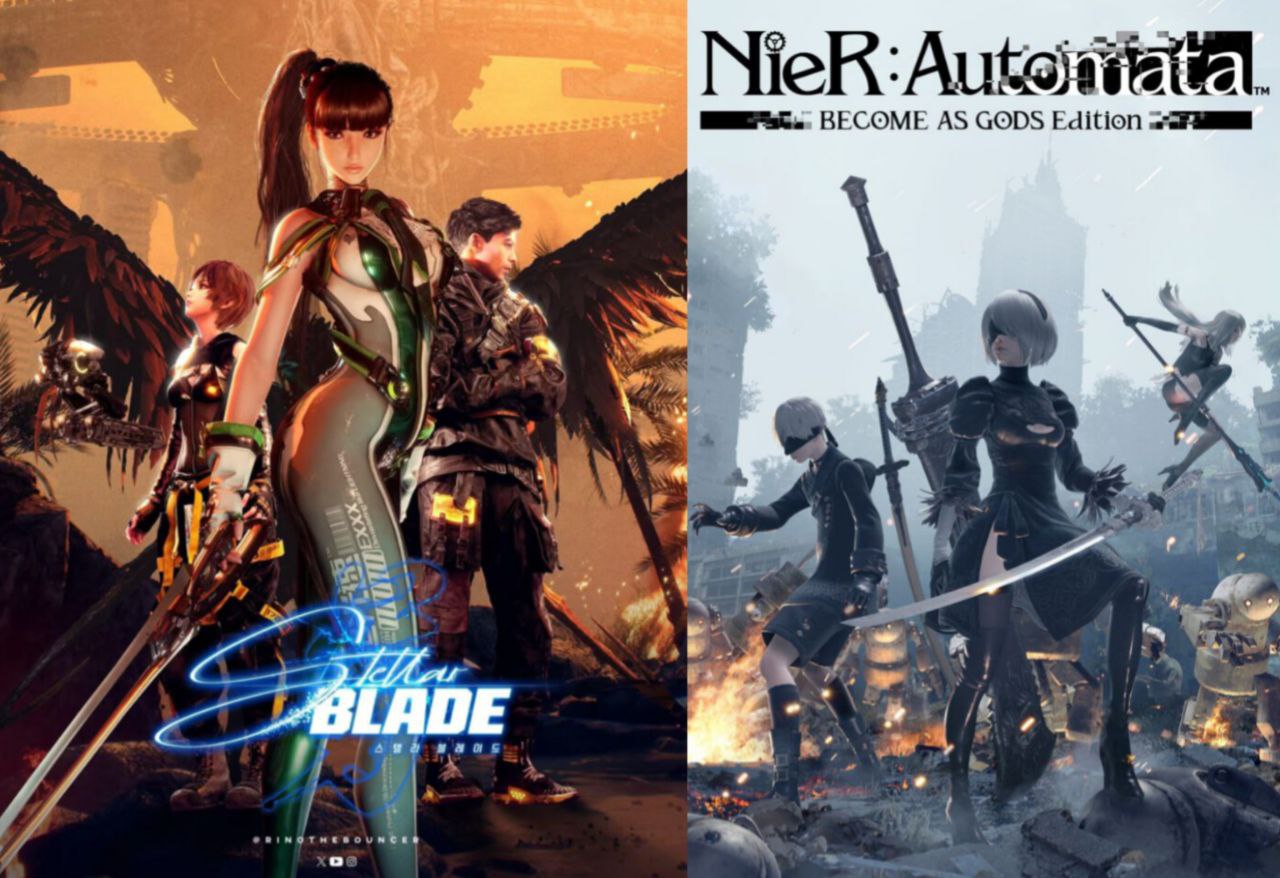
🌌 Nier Automata vs Stellar Blade
Two worlds. Two battles. But the real conflict lies beneath the surface.
If you’ve ever felt a story long after the screen faded to black… this comparison is for you.
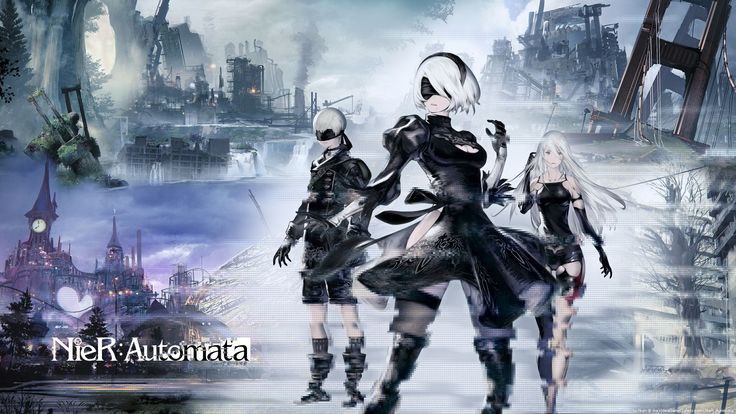
5 Reasons Nier: Automata Will Break Your Heart (In the Best Way)
Some games entertain you. This one stays with you.
If you’ve ever cried over digital souls, you’ll want to read this.
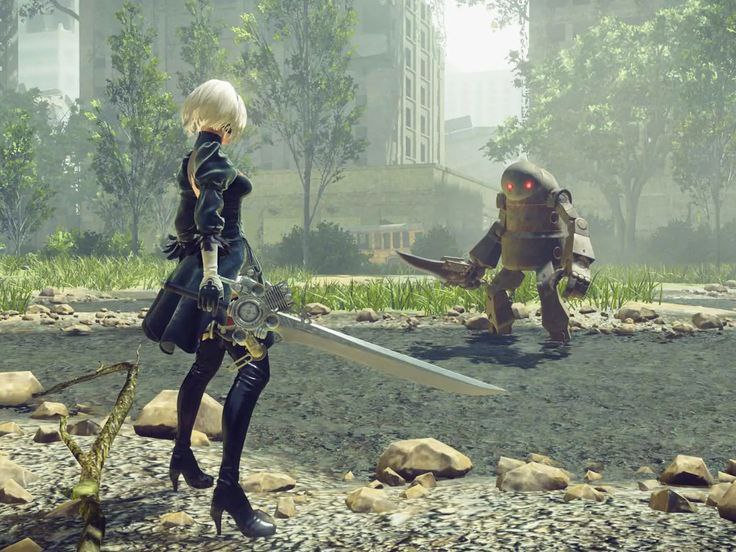
Why Nier: Automata's Combat Just Feels Right
It’s not just stylish — it connects to you.
Every dodge, every strike... feels like part of something deeper.
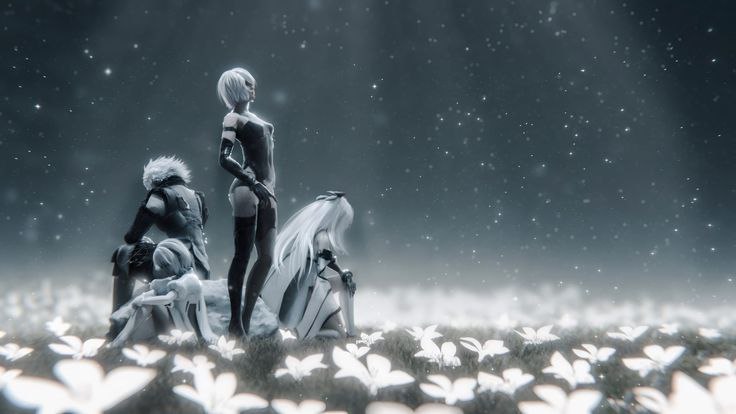
LETTERS — Memories Etched in Words
Some thoughts are too fragile to speak… so they’re written instead.
Open these letters, and feel the weight of emotions time tried to bury.
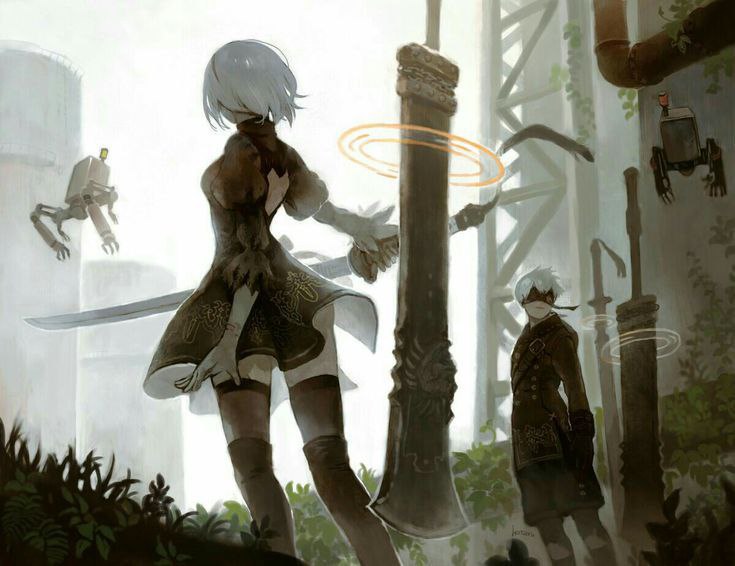
Inside the Minds of Nier: Automata’s Characters
They fight like machines — but feel like something painfully human.
If you’ve ever wondered why their sorrow feels so real… this will stay with you.
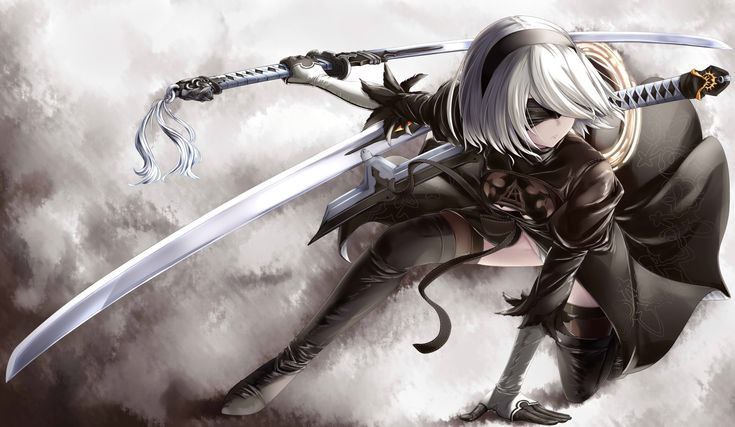
Whispers Beneath the Ruins — Nier: Automata’s Hidden Truths
Beneath the wreckage, secrets wait quietly to be heard.
Dare to listen, and you’ll uncover stories that linger in the shadows.
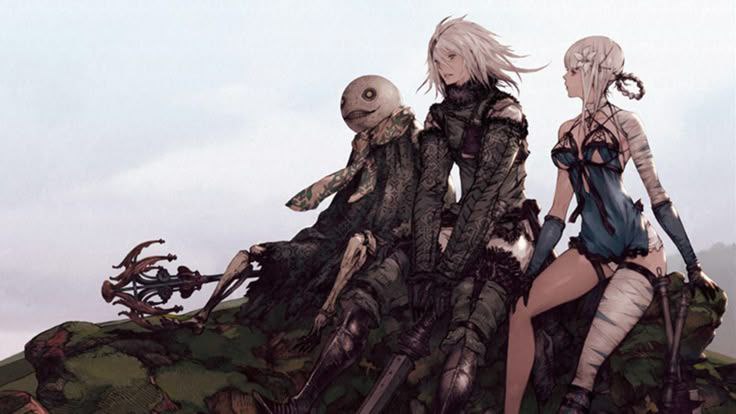
NieR Replicant — A Story Reborn
From darkness and light, a tale rises to touch your soul.
Dive into a world where every shadow holds a memory waiting to be found.

Nier Replicant vs Stellar Blade — Emotion & Legacy Collide
Two worlds, two legacies — but which story will stay with you forever?
Join the journey where action meets heart, and memories are forged in battle.
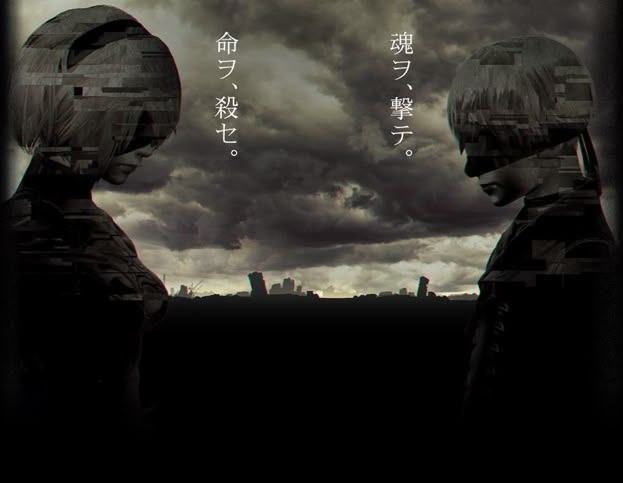
Through an Android’s Eyes — Searching for Purpose
What does it mean to feel, to live, to hope — when you’re made of metal?
Step into their world, and explore a quest deeper than circuits and code.

Card 1
Text...

Card 2
Text...
🎧 Dive Into the Unknown
I’ve recorded a special podcast exploring one of the many deep theories from the world of Nier. While it’s the only episode for now, there’s so much more to discover in the articles below—until the next voice finds its way to you.

